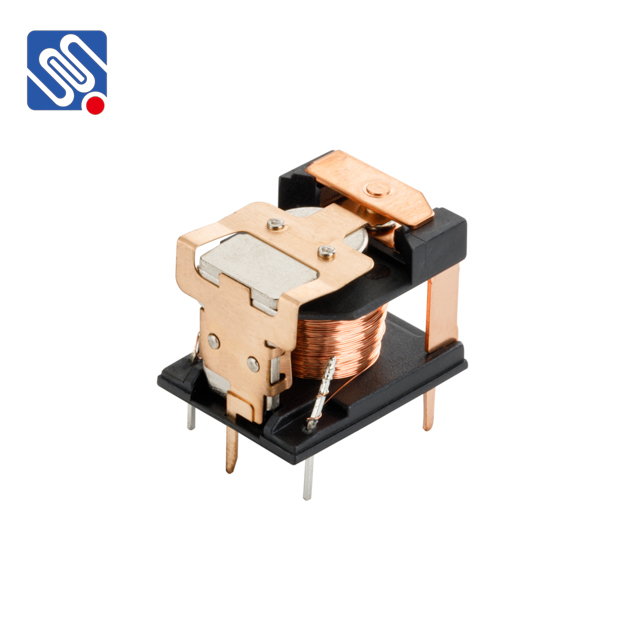relay comparison: a detailed guide to choosing the right relay for your applications
Release time:2025-11-07 20:53:42
When it comes to automation and electrical systems, relays play a crucial role in controlling high-power circuits with low-power signals. Whether you're designing a simple circuit or working on a complex automation project, understanding the differences between relay types is essential. In this article, we will dive into the key aspects of Relay Comparison, helping you make informed decisions based on your project’s specific needs.

What is a Relay?
A relay is an electrically operated switch used in a variety of applications to control circuits. It works by using an electromagnet to open or close the contacts of a switch. A small current can control a much larger one, making it an essential component in electrical systems. There are several types of relays available, and each serves a different function depending on the specific requirements of your application.
Types of Relays
1. Electromagnetic Relays
Electromagnetic relays are the most commonly used type. These relays function based on the principle of electromagnetism. When a current flows through the coil of the relay, it creates a magnetic field that pulls a metal armature to either open or close a set of contacts. Electromagnetic relays are widely used in industrial controls, home appliances, and automotive applications.

